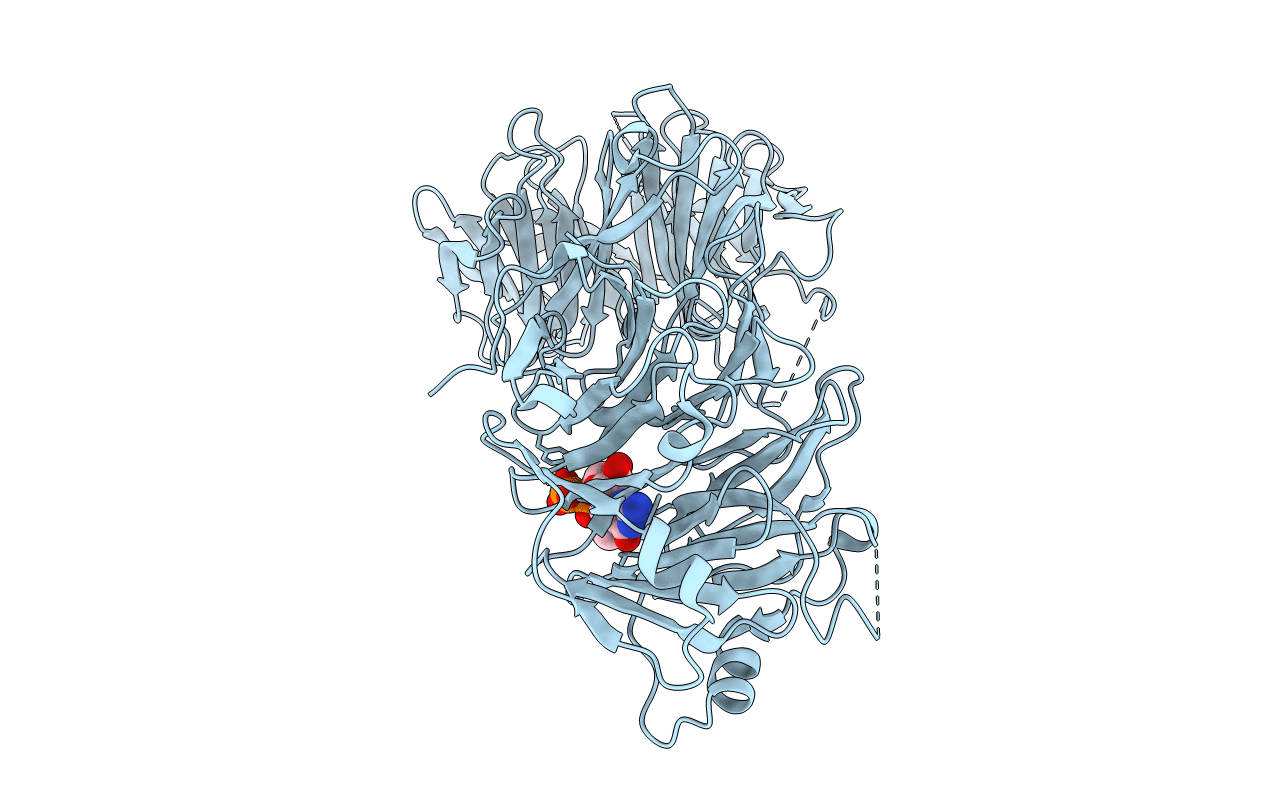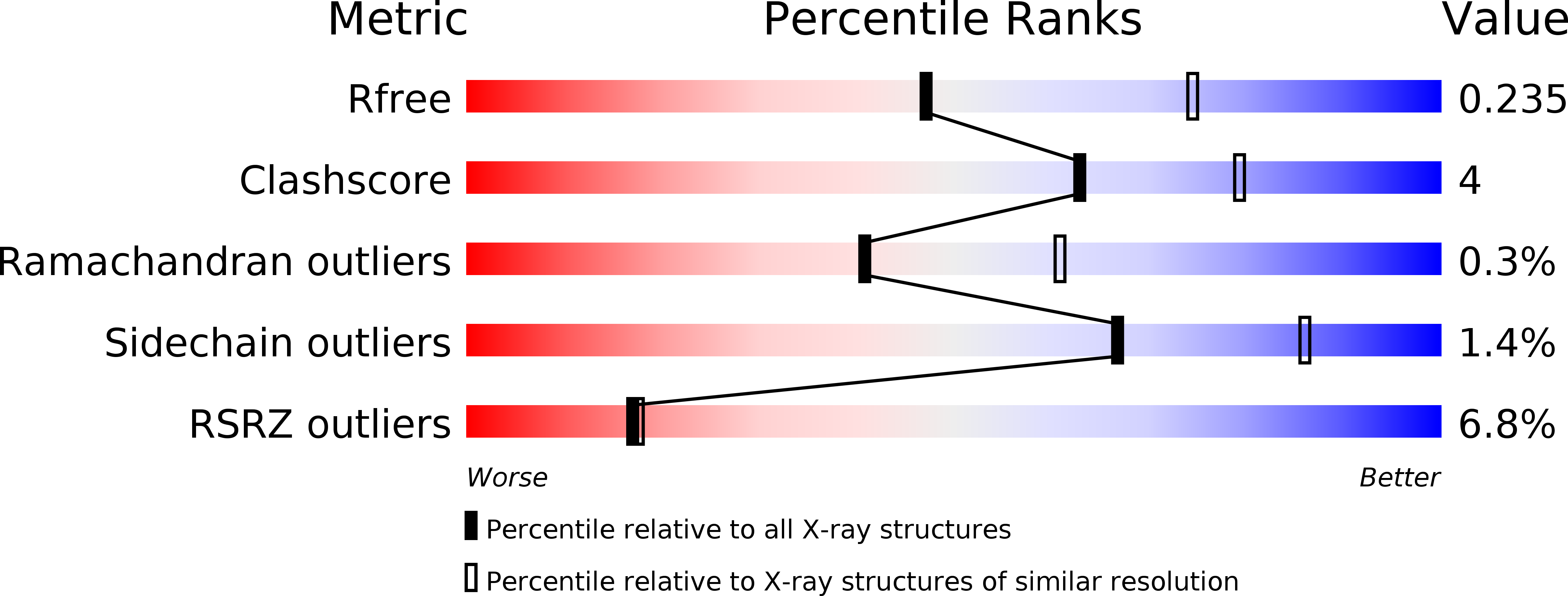
Deposition Date
2016-10-10
Release Date
2016-11-23
Last Version Date
2024-10-09
Entry Detail
PDB ID:
5H1M
Keywords:
Title:
Crystal structure of WD40 repeat domains of Gemin5 in complex with M7G
Biological Source:
Source Organism:
Homo sapiens (Taxon ID: 9606)
Host Organism:
Method Details:
Experimental Method:
Resolution:
2.49 Å
R-Value Free:
0.23
R-Value Work:
0.18
R-Value Observed:
0.18
Space Group:
P 1 21 1


